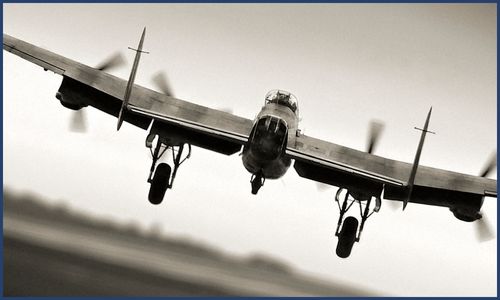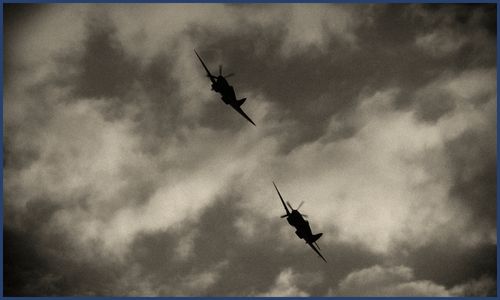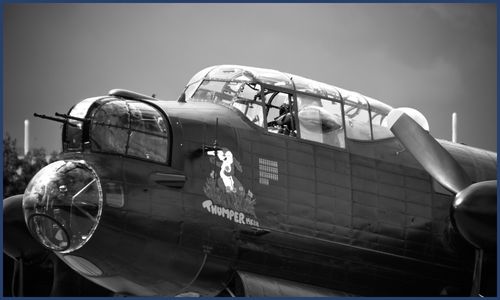Marking the 80th Anniversary of the Dambusters Raid
Operation Chastise, commonly known as the Dambusters Raid, marks its 80th Anniversary this month.
Aircraft Designer Barnes Wallis, and his famous ‘Bouncing Bomb’
A ‘bouncing bomb’ devised British aircraft designer Barnes Wallis consisted of a depth charge which could bounce along the surface water of a dam before sinking against the wall and exploding.
Skill and Incredible Bravery
In order for the ‘bouncing bombs’ to be successful, they needed to be would need to be dropped at a steady speed of 240mph, at a height of just 60 feet above the water. And all in darkness, above enemy territory. This required a great deal of skill and incredible bravery.
In March 1943, 24-year old Wing Commander Guy Gibson formed Squadron 617 of the Royal Air Force to carry out Operation Chastise, one of the best-known aerial operations of the Second World War. The squadron was made up of veteran and new airmen from Britain, Australia, New Zealand, Canada and the United States.
This daring mission needed a large and powerful aeroplane capable of carrying the bouncing bombs and dropping them precisely – all whilst flying at top speed. Fortunately the Avro Lancaster, with its four Rolls Royce Merlin engines, had already proven itself as the RAF’s sturdiest and most reliable bomber.
A small number of Lancaster aircraft were modified to carry Barnes’s bouncing bombs. This included the installation of a special mechanism to spin the cylindrical bombs before release.
Destroying German dams – the Dambusters’ targets
On the night of 16-17 May 1943, 19 Lancaster bombers and 133 airmen, set off in three waves to bomb four dams in Germany’s industrial heartland, the Ruhr Valley. The Möhne and Eder dams were struck and eventually collapsed during the attack. Sorpe Dam was hit three times but not breached, and Bever Dam sustained very minor damage from the attack.
Of the 19 Lancasters and 133 men who set out on the mission, only 11 bombers and 77 aircrew returned. Even with such heavy losses, the operation was considered a success, with the survivors hailed as heroes in the Allied press.
The airmen all became heroes and for his actions and Guy Gibson was awarded the Victoria Cross, Britain’s highest military honour.



